Keep it simple is the name of the game when it comes to Ironman Race Day Nutrition. Here’s how, in 10 easy steps.
Here’s ten ways you can plan on optimizing your Ironman day — after all, as we tell our clients, Nutrition Trumps Training. To lock in a great return on all the time and energy you invested in training, make sure you’ve mapped out and practised a nutritional strategy for race day that is simple and right for you.
1. Take in adequate amounts of energy. 400 Cal/hour on the bike is a rough goal. On the run, two gels and lots of coke per hour. Eat when you feel good, back off when you don’t.
2. Pace appropriately! Yes, appropriate pace is a “nutrition” tip!!
Why? Because your pace and how much fuel you can process are inversely related! The faster you go, the less food and drink you can process. Conversely, the slower you go, the more you can digest. This is simply a factor of diverting more blood supply to the working muscles the harder we go. Go too hard and you can end up shutting down the stomach and intestines!
The right pace is always a compromise between two things: (1) How much blood needs to go to the muscles to provide oxygen and nutrients to sustain your pace, and (2) the minimum number of Calories you need to process to get you to the finish line in the least amount of time! Your fitness, weight (more fat = more insulation = more heat stress = greater demand on blood flow), heat adaptation — all of these impact blood flow demands from the different systems in your body.
A short race such as a sprint tri can be ALL OUT with no food since we carry enough glycogen to fuel ourselves at a high intensity for the distance and we do not need to eat. But when you are racing for 2.5 hours or longer, you will need to count on taking in some food, too.
3. If you get stomach trouble, slow down! Your problems will resolve if you give your body the chance to recover. You can cruise easy for 10-15 minutes and only “lose” a couple of minutes on the day, or you can continue to carry on hard and lose hours!! Or worse, DNF!!
4. Keep it simple. Stick to one brand of electrolyte drink and one brand of sports bar or gel. Take enough supply to race venue, you don’t want to be buying different brands the day before the race
5. Eat your solids, if any, early during the bike (first couple of hours). Aim to keep the rest of your fuel intake liquid.
6. Rely on an electrolyte drink throughout the day and keep water intake to when you eat dense carbohydrate sources (gels, bars, cookies, etc.), because mixing electrolyte with food will only make the solution denser. Mix your drink according to the label!
7. Aim for minimum one large (750mL) bottle of electrolyte drink per hour on the bike, with additional water with gels and solid food. The bottle of drink will give you roughly 140Cal per hour. Add three gels and you have 440 Calories/hour, a good goal. Have some water/electro/coke at every aid station on the run. Never skip an aid station — never, not ever!
8. Practise practise practise. Make every long training session a practice run-through of your IM fuelling and pacing. By the time race day rolls around, it should be second nature what you eat and drink.
9. Plan the details of your fuelling strategy in advance. For example, you can use a Jetstream bottle and mix a concentrated mix in a bottle, then during the bike fill up the Jetstream (once it’s empty) with a marked-off amount out of the bottle of concentrate that is the right amount to ensure a proper concentration when topped up with water. Do this right before an aid station and top off the concentrate with water from that aid station. If you do this right, you can start the bike with the Jetstream full, and carry a large bottle with 3 hours worth of concentrate in it. Then pour 1/3 of the bottle into the Jetstream each time you’re on empty, top it off with water from the aid stations and you’re set. Always keep a little bottle of water on board to wash down gels and calories from food.
10. Food of choice: Find the brand of bar and gels you like, and get used to using them. Remember, gels and bars are only one option — many races have been won on Mars bars, coke and bananas. Find what works for you!
Coach Vinnie
–
Train with ironguides!
Personalized Online Coaching: Starting at USD190/month
Monthly Training plans (for all levels, or focused on one discipline): Only USD39/months
Event based training plans:
Sprint Distance (USD45 for 8-week plan)
Olympic Distance (USD65 for 12 week plan)
Half Ironman (R$95 for 16-week plan)
Ironman (USD145 for 20-week plan)
X-Terra (USD65 for 12-week plan)
Running Plans (10k, 21k and 42k – starting at USD40)

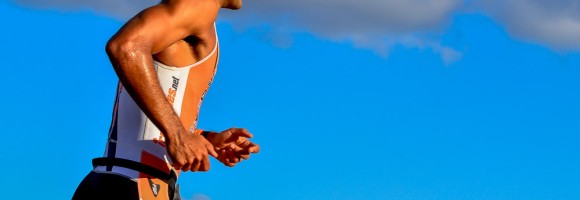


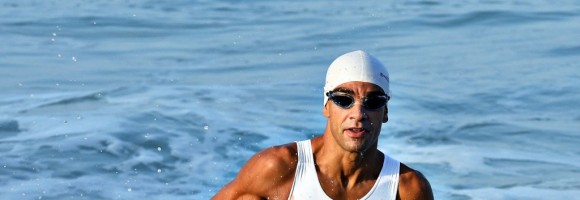
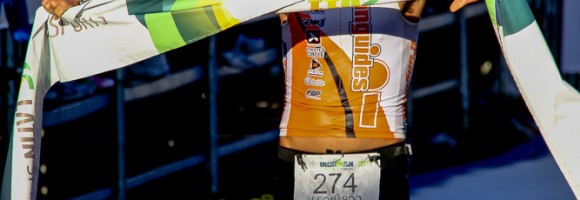

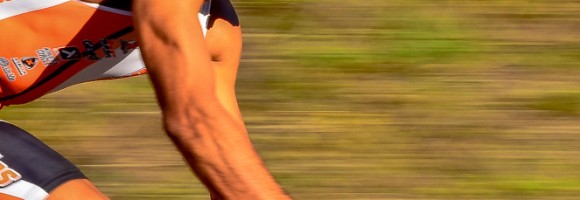
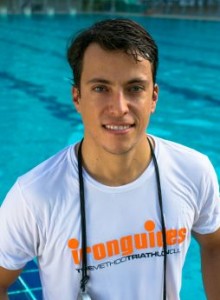
Recent Comments